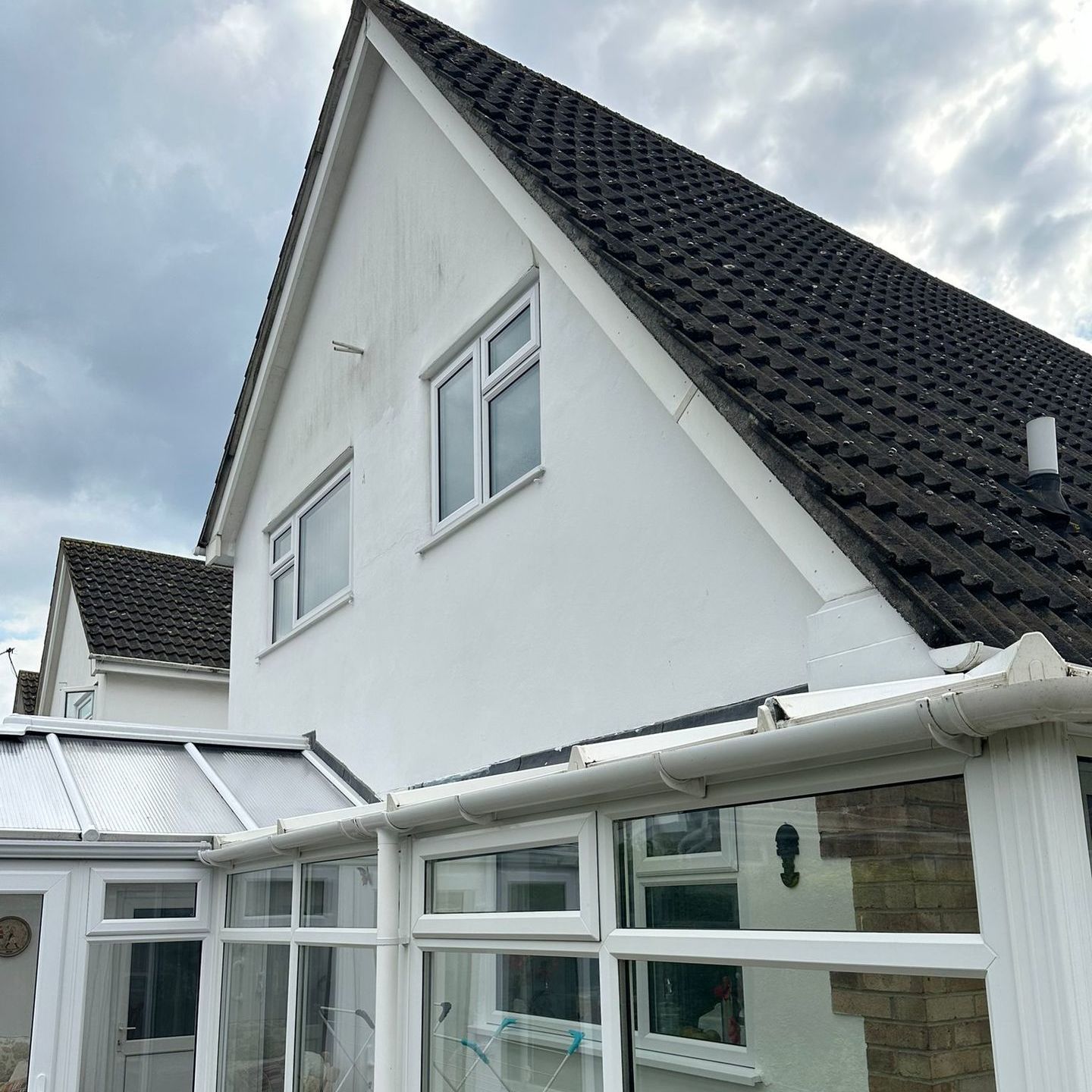Everything You Need to Know About Rendering Before You Get Started
Posted on 31st July 2023 at 16:59
Property rendering is an essential aspect of modern-day architecture and construction. Rendering comes in many forms, so it's important to know which ones are right for you before you start. Using this article, you'll be able to make informed decisions about your next home renovation.
What Is Property Rendering?
Property rendering is a process of applying a mixture of cement, sand and water onto exterior or interior walls to create a smooth and even finish. This process can be done using different types of render, such as cement render, lime render and acrylic render.
Benefits of Property Rendering
There are numerous benefits associated with property rendering that homeowners should consider.
Rendering can protect your home from bad weather like rain, hail and UV rays from the sun. As an added bonus, incorporating insulation during the rendering process can improve your home's energy efficiency while reducing your heating bills.
Also, rendering comes in different colours and textures, allowing you to achieve various styles. In turn, this increases curb appeal for buyers and visitors and makes your house stand out.

Different Types of Property Rendering
Cement rendering involves mixing cement with sand and staining the exterior of a building with it. Another popular type of property rendering is acrylic rendering, which uses an acrylic-based mixture instead of cement. This type of rendering is more flexible than cement, making it less likely to crack or shrink over time. Finally, there is lime rendering, which involves using lime instead of cement as the primary binding material.
Choosing the Right Render for Your Property
Start by figuring out what kind of finish you want. Do you want a smooth or textured finish?
Your area's climate and weather conditions are also essential to consider. Make sure you pick a render that won't crack or peel. The colour of the render is another thing to think about. You want to choose a colour that complements your property's architecture and surroundings while also being resistant to fading over time.
Factors to Consider
When it comes to rendering, there are a few things to keep in mind.
1. Budget: Decide how much you're willing to spend and allocate funds accordingly. There may be additional expenses involved, like hiring a pro.
2. Purpose: Are you looking to enhance the aesthetic appeal of your property, increase its value or address specific issues like cracks or weather damage? Having a clear idea of what you want will help you choose the right rendering material, colour scheme and overall design.
3. Maintenance: Different rendering materials have varying levels of durability and susceptibility to damage from weather conditions or other external factors. Choosing a material that's easy to maintain over time is key.
4. Climate suitability: If you live in a humid area or there's a lot of rain, you need a render that can withstand moisture.

Share this post:
